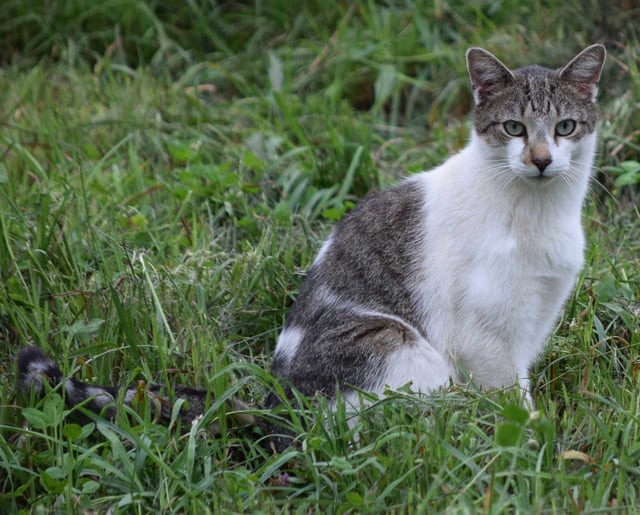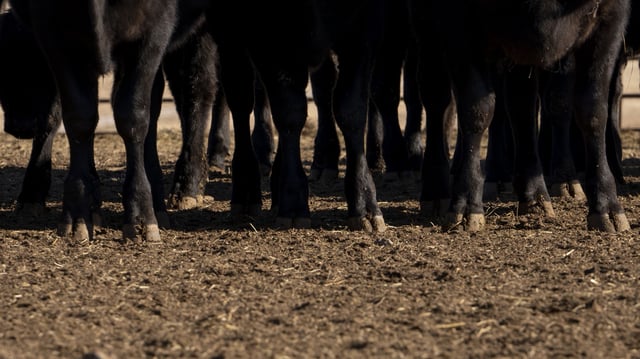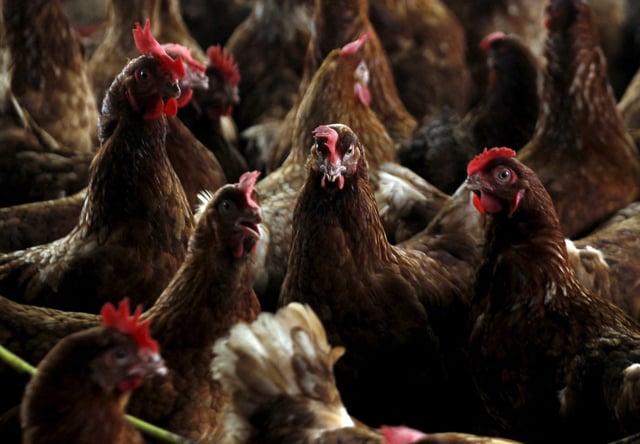Overview
- The USDA confirmed the detection of the H5N1 D1.1 strain in Nevada dairy cattle, marking the second bird flu strain to infect cows in the U.S.
- Experts warn that cows, unlike birds, can act as reservoirs for the virus, increasing opportunities for mutations and prolonged viral replication.
- While pasteurized milk and eggs remain safe to consume, raw milk poses a significant risk due to high concentrations of the virus in infected herds.
- The virus has infected 67 humans in the U.S., with one death and most cases linked to farmworkers; human-to-human transmission has not been documented.
- Federal agencies are ramping up surveillance and testing efforts, but concerns persist about biosecurity gaps on farms and potential economic impacts like rising egg prices.



